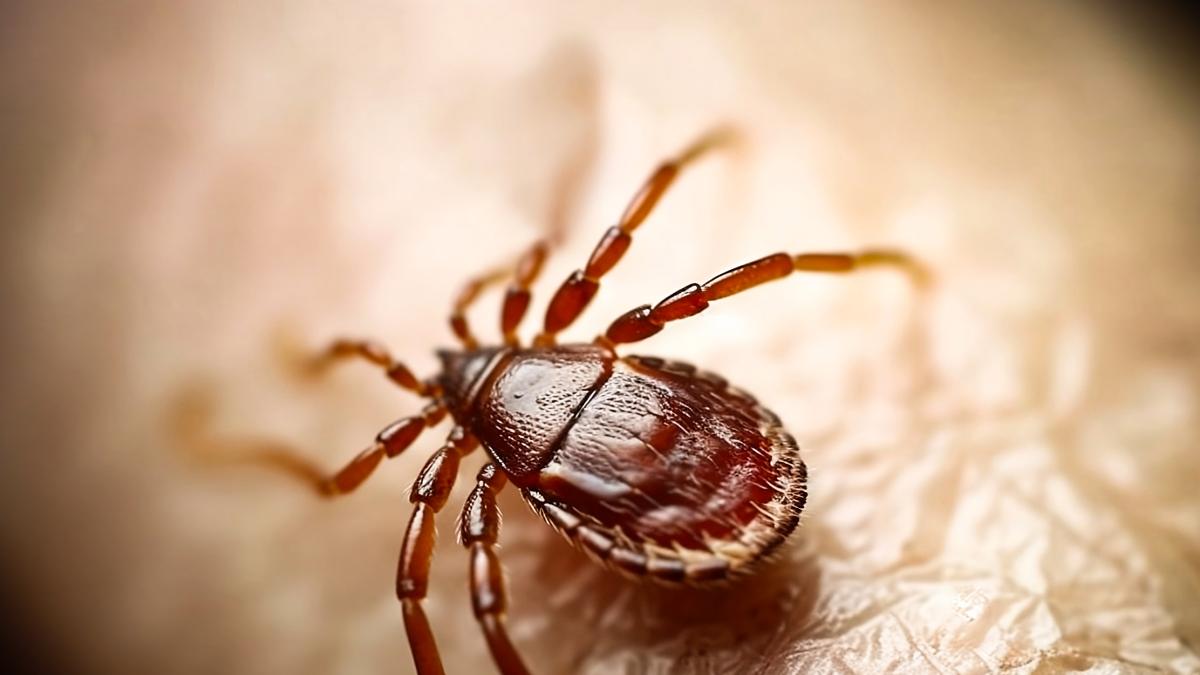What Pests to Watch Out For This Summer

The mild winter and intense heat caused the early appearance of pests. This forced the start of control measures against several species of cockroaches from the beginning of April, and not from June, as usual.
“The pest season has been lengthening for several years, and this de-seasonalization trend will continue in 2024,” he said. comments Andreu García, vice-president and representative of the Catalan Association of Environmental Protection Companies (ADEPAP). “Pests are present for more months of the year,” he adds.
Garcia also explains that “Rising temperatures speed up the biological cycles of species, leading to increased reproduction and more individuals.” Moreover, “resistance to biocidal products leads to an increase in pest numbers,” he concludes.
The Great Plague: Cockroaches
“We have been fighting sewer cockroaches for more than two months. and all indications are that they will continue to appear in large numbers this summer,” says Garcia. The American cockroach, large and brown, is the most common. There are also Oriental cockroaches (black, retreating) and German cockroaches, which are smaller and more common. in kitchens and restaurants.
Tiger mosquito: adapts to drought
Despite the drought and water emergency, Tiger mosquito (Aedes albopictus) attacks have already begun this summer.which began to appear after the rains of late April and May. “Even with little rainfall, the tiger mosquito takes advantage of human activity, and only needs small pools of water to reproduce,” Garcia explains.
The common mosquito (Culex pipiens) appears depending on the heaviest rainfall, concentrating in areas with large bodies of water near rivers, lakes or ponds with sufficient flow. Both types of mosquitoes carry diseases.
Bed bugs: the plague of tourism
He Increased summer tourism and international mobility increase the likelihood of bed bugs. (Cimex lectularius) These insects, which are carried on clothing and suitcases, are difficult to eradicate, Garcia said.
What about ticks?
were discovered The pest mite Hyalomma lusitanicum in the suburban areas of Barcelona and Tarragona. This species can follow its host, unlike others that wait in vegetation. Although some ticks can transmit pathogens, Garcia assures that “none of the individuals of this species analyzed in Catalonia were carriers of the Crimean-Congo haemorrhagic fever virus.”
Rats: A Resilient Pest
Common in sewers, the gray rat also digs burrows in mud, open fields and rubble. The black rat, more common in rural areas, It can be seen more and more in urban areas, climbing walls and cables to enter buildings.
New species that may become pests
Climate change and globalization have brought new species of insects to Catalonia that can become pests. The most notable are:
- Brown cockroach (Supella longipalpa): already present in Catalonia, its infestation is expected to increase in the coming years.
- Turkestan cockroach (Blatta-Shelfordella internalis): It lives near buildings and can displace the oriental cockroach.
- Yellow fever mosquito (Aedes aegypti): Specimens have already been found in Spain and it is a disease vector that tends to enter homes.
